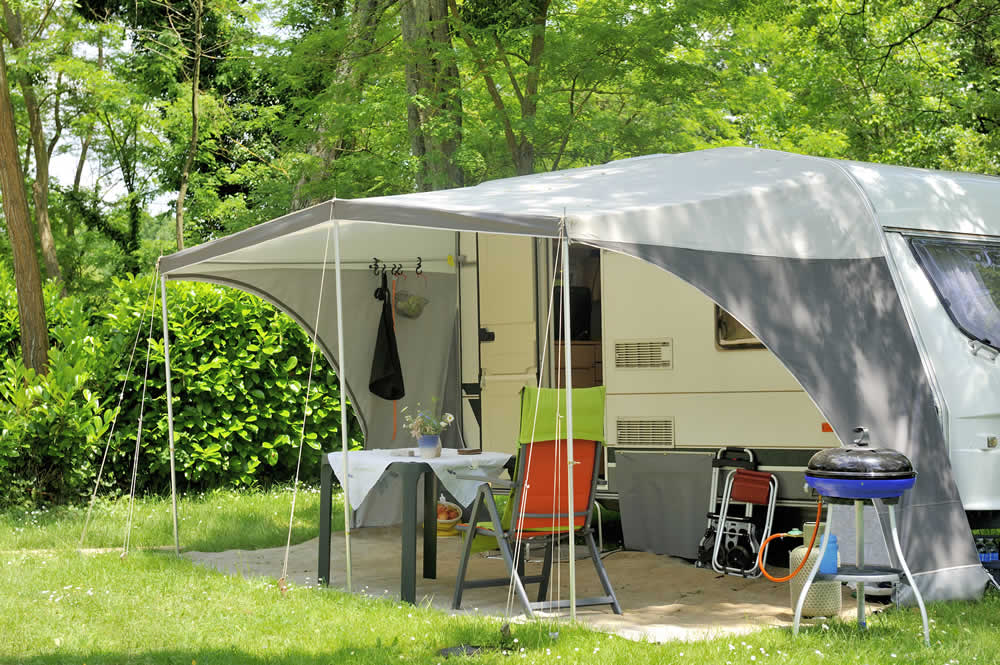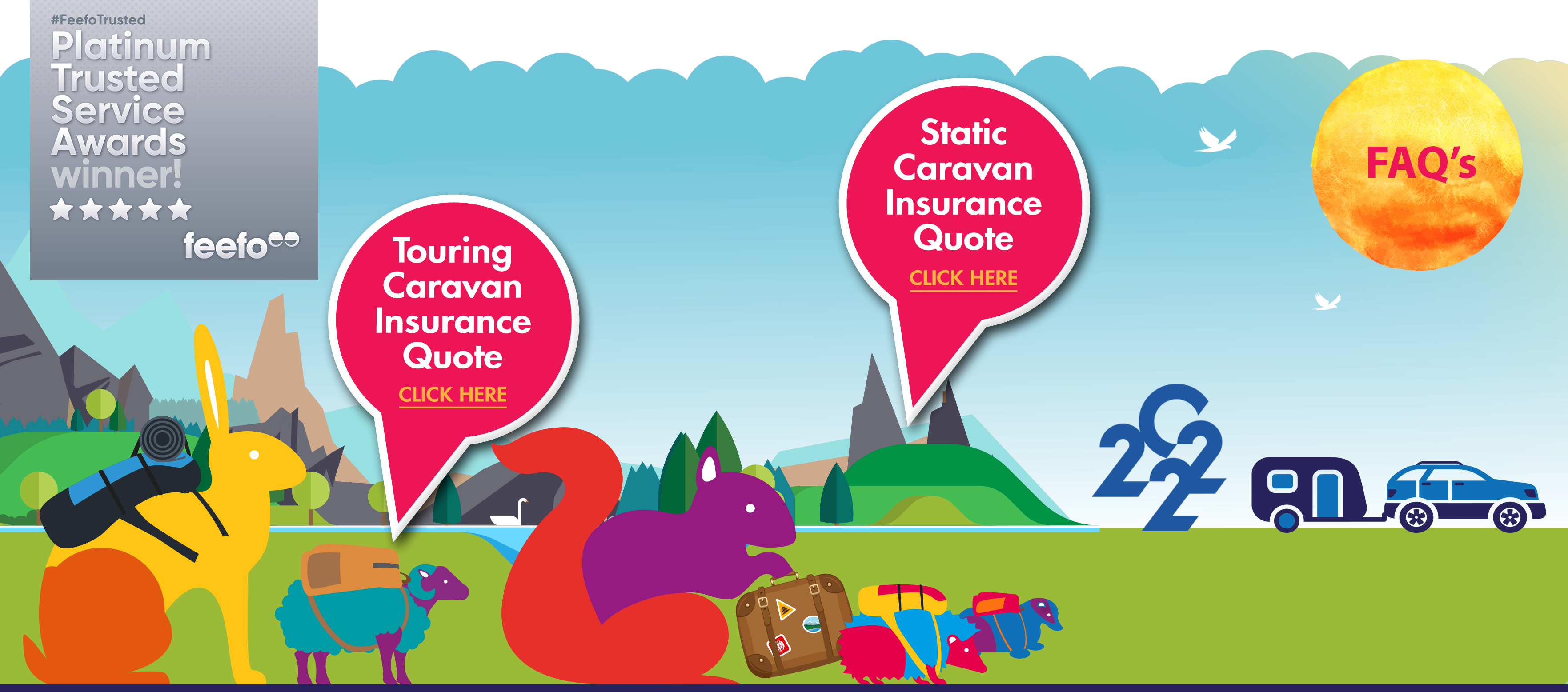
If you are just about to buy or have just bought your first caravan you may have all sorts of expectations about the pleasure it is about to bring – not least:
- the freedom of the open road;
- knowing that wherever you might pitch up your second home on wheels is there to give you a good night’s sleep and all the comforts of home;
- the chance to meet like-minded friends and establish long-term contacts to help you get the most of your caravanning holidays.
If you are just such a newbie, it might be helpful to share a few initial thoughts on making the most of the adventure that is opening up to you.
The caravan you choose
There’s little doubt you’ll have discovered by now that there are all types of caravans from which you might have chosen. Each one might be better equipped to serve the specific purpose you need – from a range that covers:
- conventional designs – these have a single axle and may range in length from 3 to 6.5 metres, sleeping between 2 and six occupants;
- the conventional touring caravan has all your home comforts including a toilet, sinks, showers, and kitchens fitted out with a cooker, work surfaces and a kitchen sink;
- on the other hand, you might have chosen something considerably more substantial and in need of a twin axle to tow;
- at the other end of the scale may be a small “teardrop” caravan specifically designed to make towing even easier;
- if you went for ease of towing and a relatively small and less well-equipped interior, you might have chosen a pop up, folding or GRP caravan.
In its guide for those new to the delights of caravanning, the Camping and Caravanning Club has published some helpful advice on making the most of your purchase. You may also wish to check out our own guide too, the Beginner’s Guide to Caravans.
Its layout
When you were choosing your caravan, one of the most important considerations is likely to have been the space and layout it offered.
Although relatively small, you may be surprised by the ingenuity with which modern caravan designers have been able to exploit every possible opportunity for maximising the useful floor area.
Insurance
While your car insurance may cover your ‘van with third party liability cover when towing (check with your car insurance provider), it does not cover theft, loss or damage to your caravan.
So, whatever the size and shape of the caravan you have just bought, you might want to give serious consideration to protecting the investment with the appropriate form of insurance.
If you are new to caravanning, however, choosing the suitable cover may be confusing and somewhat hit and miss. At Cover4Caravans we are specialists in finding just that insurance. We will suggest the most suitable and cost-effective cover insurance cover options for your own unique circumstances.
Towing
For anyone browsing a newbie guide to caravans, one of the most critical questions is likely to be the towing capacity of the vehicle you already have at home. This may prove one of the most technically confusing aspects of touring with your new caravan.
The broadest rule of thumb is that the heavier the caravan the heavier and more powerful car you need to tow it. This may be made more difficult by the fact that the manufacturer is likely to have stipulated a Mass in Running Order Weight (MIRO) or unladen weight of the caravan. This is considerably less important or useful than the Maximum Technically Permissible Laden Mass (MTPLM), which combines not only the crude weight of the caravan but also its maximum laden weight.
The more you investigate, the more you may be baffled by the various descriptions and ways of calculating the ratio of the caravan to its vehicle weight. A comprehensive article published by Out and About Live on the 19th of May 2020, discussed the various weights and ratios you are likely to encounter – including such terms as the nose weight and those relating to loading and towing your caravan.
You may also wish to read our Guide to towing mirrors.
On the road
With a good deal of homework and preparation done, you may be ready to hit the road and take the first trip with your caravan. Here are some tips that may help your initial excursion – and subsequent journeys – go smoothly and safely:
- when packing the caravan, take care to distribute the weight properly, with heavier items on the floor and more or less over the axle;
- before every outing, check and, if necessary, inflate the tyres until they are at the correct pressure;
- many caravans have special devices designed to improve their stability – check that these are correctly installed and in working order;
- remember that the legal speed limit when towing your caravan is 60 mph on dual carriageways and motorways, 50 mph on single carriage roads and 30 mph in built-up areas;
- as we mentioned under the heading on Towing, above, your preparatory homework was likely to have included an explanation of the Maximum Technically Permissible Laden Mass (MTPLM) of your caravan, or the combined weight of the trailer itself plus the contents – make sure that you have not exceeded this weight and until you become more familiar with what the contents generally weigh, you might want to check the MTPLM at a public weighbridge;
- you will also remember that an equally important consideration when calculating loading weights is the nose weight of your caravan and keeping this within the limits of the car you are going to be using for towing;
- your first trip with the new caravan is likely to be relatively close to home but whenever planning a journey, you might want to remember that the car and trailer is less manoeuvrable than the car alone – if you are accustomed to using a sat nav, bear in mind that these devices may often take you down impossibly narrow or winding country lanes;
- experience is likely to teach you how to pick the best pitches when you arrive at a site, but broadly speaking you might want to avoid trees (leaves, sap and bird droppings), choose level ground and decide whether you want or need to be close to or further away from the site’s amenity block.
Happy caravanning
With so much likely to be new and experience still to be gained, you might be forgiven for overlooking the overriding purpose of your purchase of a caravan – namely to have fun, relax and enjoy yourself. Hopefully, this brief guide for newbies may have helped you to do just that – and, sooner than you think, you may count yourself amongst the old hands in the caravanning community.

